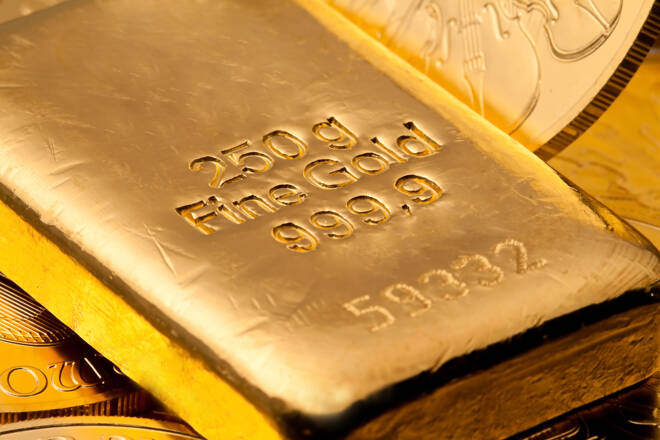Advertisement
Advertisement
Precious Metals Surge As BRICS Gold-Backed Currency Fuels Bullish Momentum – What’s Next?
By:
It's official: The BRICS group of nations plan to introduce new Gold-backed currency at their hotly-awaited upcoming summit in August.
Growing euphoria surrounding the potential of new Gold-backed currency has sent the entire precious metals complex surging to fresh multi-month highs – with a long list of metals notching up spectacular double digit gains, in the past few days alone.
And this could just be the beginning!
Growing Euphoria Surrounding Gold-Backed Currency and the Rise of De-Dollarization
As tensions with Western economies continue to grow, Russia along with the other BRICS countries including Brazil, India, China and South Africa have made their strategic move to weaken the dominance of the U.S dollar loud and clear.
The announcement adds further momentum to the much discussed “de-dollarization” movement that has intensified since the West imposed massive and unprecedented sanctions on Russia for its invasion of Ukraine.
But the roots of the “de-dollarization” movement go much further back than that and can be traced to the period that followed post-pandemic stimulus measures.
The biggest and most unprecedented money printing programs that the world has ever seen following the COVID-19 pandemic resulted in global inflation skyrocketing to a four-decade high and the worst cost-of-living crisis seen in more than 60 years.
This dynamic – in which essentially a strong dollar “exports inflation” to the rest of the global economy is the prominent driver behind the rapidly growing “de-dollarization” movement.
As Emerging Market economies grapple with raising inflation pressures, the weakening of their currencies relative to the dollar and increased sensitivity to U.S interest rates – their ambition to reduce dependency on the U.S dollar is growing much stronger by the day.
The Rapid Surge of Precious Metals: A Sign of Things to Come
Since mid-2022, global central banks have been buying Gold at a record-breaking pace to diversify their reserves. The prominent buyers include Russian, China and India, all members of the BRICS bloc of nations.
According to the World Gold Council – 71% of global central banks surveyed, said they planned to significantly increase their Gold purchases over the next 6 months by an estimated total of 700 metric tons – worth $49 billion before year-end.
To put that into perspective, last year marked the 13th consecutive year of net Gold purchases by global central banks and the highest level of annual demand on record dating back to 1950.
At 1,078 metric tons in 2022, central banks’ buying of Gold more than doubled from 450 metric tons in 2021. Based on the 2023 forecast from the World Gold Council, central banks are once again on track to double their Gold purchases in the second half of this year.
Whichever way you look at it, one thing is clear. Something big is brewing on the horizon. When you consider the full magnitude of events that are currently unfolding, then the case for Commodities in a well-diversified portfolio has never been more obvious than it is right now!
Commodity Price Forecast
Where are prices heading next? Watch The Commodity Report now, for my latest price forecasts and predictions:
About the Author
Phil Carrcontributor
Phil Carr is co-founder and the Head of Trading at The Gold & Silver Club, an international Commodities Trading, Research and Data-Intelligence firm.
Advertisement
